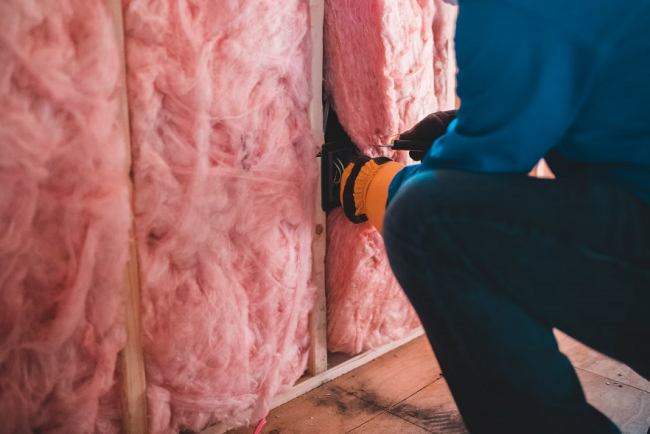To improve your living happiness, it’s important to start by addressing the basics of your home. The roof, walls and floor ensure that you are always warm and dry. At least, if these are of good quality, because a leaky roof and poorly insulated walls create a lot of cold and moisture in your home. If you want to tackle your roof and insulation, there are a number of things you can do. On this page you will read what exactly lead replacement is and why this is an ideal material for the roof on your house. Furthermore, you will find out why you can opt for the installation of PIR boards in order to insulate your home in the best possible way.
Meet lead replacement and find out why it is ideal for your roof
Do you want to take care of your roof and make sure it is leak-proof? Then it’s best to opt for lead replacement (Dutch: loodvervanger) these days. As the name suggests, it is a substitute material for lead that will make your roof sturdy and leak-proof. A great advantage of this material is that it consists largely of recycled materials, making it better for the environment than lead. So you can safely opt for this if you like to make a conscious choice for your home.
When you want to make a one-time investment in making your roof leak-free, you can feel free to choose a lead substitute. The quality of lead replacement is very good, so it will last for years and you get value for your money.
Do you want to have your home properly insulated? Then opt for the installation of PIR boards
You can use PIR insulation boards (Dutch: PIR isolatieplaten) not only for insulating your roof. In fact, this material is also suitable for cavity walls or in your floor. The most interesting feature of this type of insulation boards is that they work better than other insulation products at the time when you are looking for thin material. The thermal properties of this material are great and will ensure that you are nice and warm at home. The structure of these insulation boards resembles PU foam, but is slightly different. PIR boards release fewer harmful substances when heated than PUR. So it is also a safer choice.
When choosing this form of insulation, there are three different PIR types to choose from. First, there is the board with a vapor-tight layer. You don’t have to work with vapor barrier with these boards, since it is already incorporated. Then there are the combination boards. These are most suitable in cavity walls and have a thin layer of mineral wool on one side. The last type is the PIR gypsum board. These are finished with a layer of gypsum, making them thin but good thermal insulation. Need more information or are curious about other blogs? Then you can find them here.
